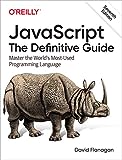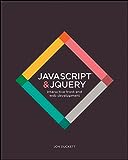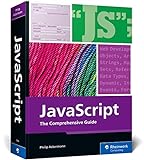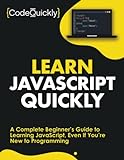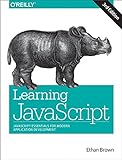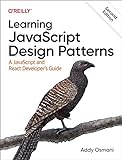To get a GraphQL schema with Python, you can use the graphql library. First, install the library by running pip install graphql-core. Next, you can create a GraphQL client by passing your GraphQL server's URL and sending an introspection query to retrieve the schema. You can then print or save the schema for further use in your Python code. This process allows you to access and work with your GraphQL schema using Python.
What is introspection in a graphql schema in Python?
Introspection in a GraphQL schema in Python refers to the capability of a client to discover the structure of a GraphQL schema at runtime. This allows a client to query the schema itself to understand what types are available, what fields are on each type, and what arguments can be passed to those fields.
GraphQL schemas are self-documenting thanks to introspection, as clients can dynamically explore the schema and its capabilities without the need for manual documentation. This feature is particularly useful for tools like GraphQL clients, IDE plugins, and GraphQL playgrounds that need to interact with the schema programmatically. Introspection is supported by the GraphQL specification and most GraphQL server implementations, including popular Python libraries like Graphene.
How to handle caching in a graphql schema with Python?
Caching in a GraphQL schema with Python can be handled using a caching library like Redis or Memcached. Here are the steps to handle caching in a GraphQL schema with Python:
- Install a caching library: Install Redis or Memcached library using pip: pip install redis
- Add caching to your GraphQL schema: Initialize the caching client and connect to the caching server (Redis or Memcached): import redis redis_client = redis.Redis(host='localhost', port=6379, db=0) Define a function to get data from cache or fetch from the database and set it in cache: def get_data_from_cache_or_db(key): data = redis_client.get(key) if data is None: data = fetch_data_from_db() redis_client.set(key, data) return data Use the caching function in your GraphQL resolver functions to fetch data: def resolve_user(parent, info, user_id): key = f"user:{user_id}" data = get_data_from_cache_or_db(key) return data
- Configure caching time-to-live (TTL): You can set an expiration time for cached data using expire method in Redis: redis_client.set(key, data) redis_client.expire(key, 3600) # Cache data for 1 hour
- Test caching functionality: Make GraphQL queries and observe the performance improvements when fetching data from cache instead of database.
By following these steps, you can effectively handle caching in a GraphQL schema with Python using a caching library like Redis or Memcached.
How to handle versioning in a graphql schema with Python?
In GraphQL, versioning of the schema refers to making changes to the schema while ensuring backwards compatibility with existing clients. Here are some ways to handle versioning in a GraphQL schema with Python:
- Use schema stitching: Schema stitching allows you to combine multiple GraphQL schemas into a single schema. You can create a new version of the schema and gradually migrate your existing clients to the new version by adding new types and fields without breaking the existing clients.
- Deprecate fields: If you need to remove a field or modify its behavior, you can deprecate the field in the schema by adding the @deprecated directive with a message explaining the deprecation. This allows existing clients to continue using the field while informing them that it will be removed in the future.
- Add new types and fields: When adding new types and fields to the schema, make sure they are optional and do not affect existing queries. This way, existing clients can continue to function without needing to update their queries.
- Use interfaces and unions: Interfaces and unions allow you to define common fields and types that can be shared across multiple types. When adding new types or fields, consider using interfaces and unions to ensure backwards compatibility with existing clients.
- Versioned endpoints: If the changes to the schema are significant and cannot be handled through the above methods, you can create versioned endpoints for different versions of the schema. This allows clients to opt-in to the new version of the schema while still being able to access the older versions if needed.
By following these best practices, you can effectively handle versioning in a GraphQL schema with Python and ensure a smooth transition for existing clients.
